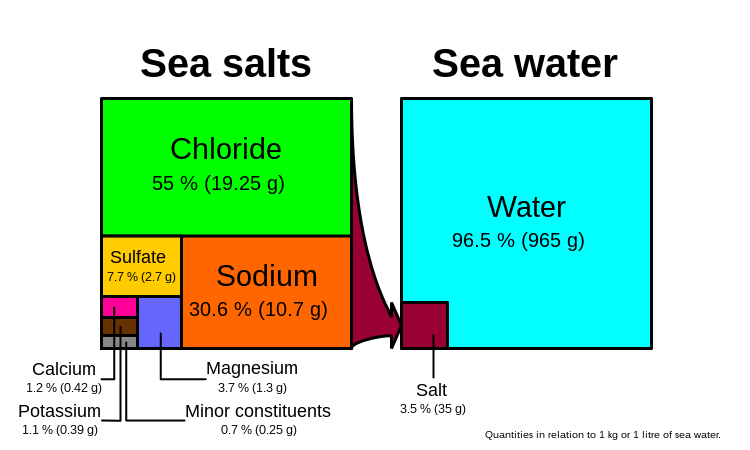




Medicinal herbs, kitchen herbs, perennial edibles and berries: https://mountainherbs.net/ grown in the Blue Mountains, Australia





Iterations are fine, we don't have to be perfect
My 2nd Location:Florida HardinessZone:10 AHS:10 GDD:8500 Rainfall:2in/mth winter, 8in/mth summer, Soil:Sand pH8 Flat




Living free starts with understanding ones own emotions and emotion affects and controls us.




Medicinal herbs, kitchen herbs, perennial edibles and berries: https://mountainherbs.net/ grown in the Blue Mountains, Australia
 2
2





"Study books and observe nature; if they do not agree, throw away the books." ~ William A. Albrecht

 3
3




List of Bryant RedHawk's Epic Soil Series Threads We love visitors, that's why we live in a secluded cabin deep in the woods. "Buzzard's Roost (Asnikiye Heca) Farm." Promoting permaculture to save our planet.




















List of Bryant RedHawk's Epic Soil Series Threads We love visitors, that's why we live in a secluded cabin deep in the woods. "Buzzard's Roost (Asnikiye Heca) Farm." Promoting permaculture to save our planet.




Medicinal herbs, kitchen herbs, perennial edibles and berries: https://mountainherbs.net/ grown in the Blue Mountains, Australia




















Angelika Maier wrote:I wait for the results of the soil tests will be next year...
As for the sea water, do what do you mean by 31 sq cm is it one ft2 or 31 cm2?
There is and expensive product called seasol, probably the seaweed or seawater does just the same.
List of Bryant RedHawk's Epic Soil Series Threads We love visitors, that's why we live in a secluded cabin deep in the woods. "Buzzard's Roost (Asnikiye Heca) Farm." Promoting permaculture to save our planet.
 1
1
 1
1




Medicinal herbs, kitchen herbs, perennial edibles and berries: https://mountainherbs.net/ grown in the Blue Mountains, Australia
















List of Bryant RedHawk's Epic Soil Series Threads We love visitors, that's why we live in a secluded cabin deep in the woods. "Buzzard's Roost (Asnikiye Heca) Farm." Promoting permaculture to save our planet.
















 1
1




Genevieve Higgs wrote:when you guys amend with seaweed what amount do you put on?
sorry math police here... a square foot is something like 930 cm2 or .093 m2. you square by multiplying the length of the sides of the square. so a 2ft by 2ft square is 4 square feet or .186 m2 or 1860 cm2.
List of Bryant RedHawk's Epic Soil Series Threads We love visitors, that's why we live in a secluded cabin deep in the woods. "Buzzard's Roost (Asnikiye Heca) Farm." Promoting permaculture to save our planet.




Bryant RedHawk wrote:
Genevieve Higgs wrote:when you guys amend with seaweed what amount do you put on?
sorry math police here... a square foot is something like 930 cm2 or .093 m2. you square by multiplying the length of the sides of the square. so a 2ft by 2ft square is 4 square feet or .186 m2 or 1860 cm2.
12" is 30 cm. I think you were counting mm instead of cm. 1 meter (100cm) is aprox. 39"
Redhawk

|
This tiny ad is naturally water proof
The new purple deck of permaculture playing cards
https://www.kickstarter.com/projects/paulwheaton/garden-cards
|


